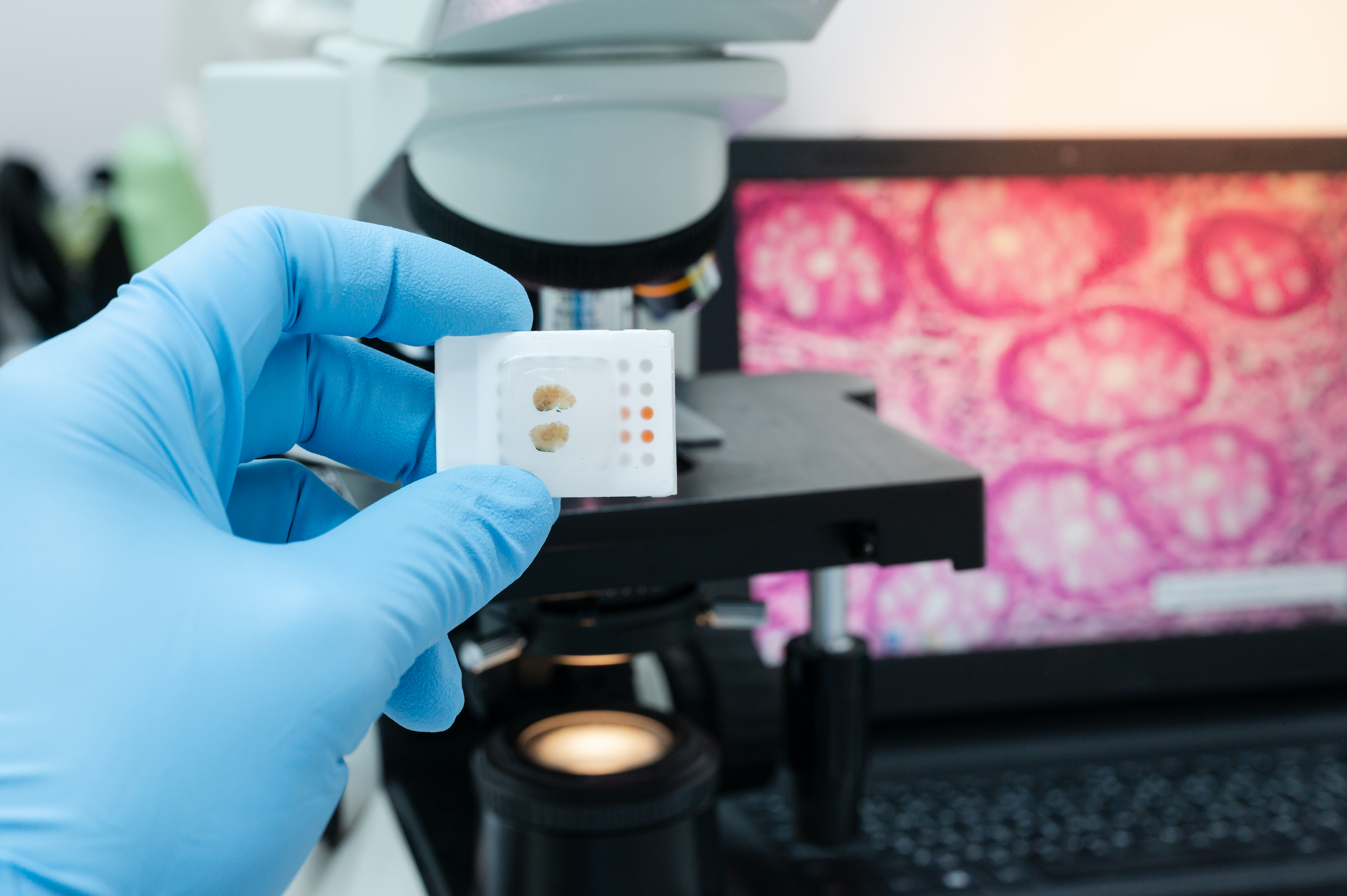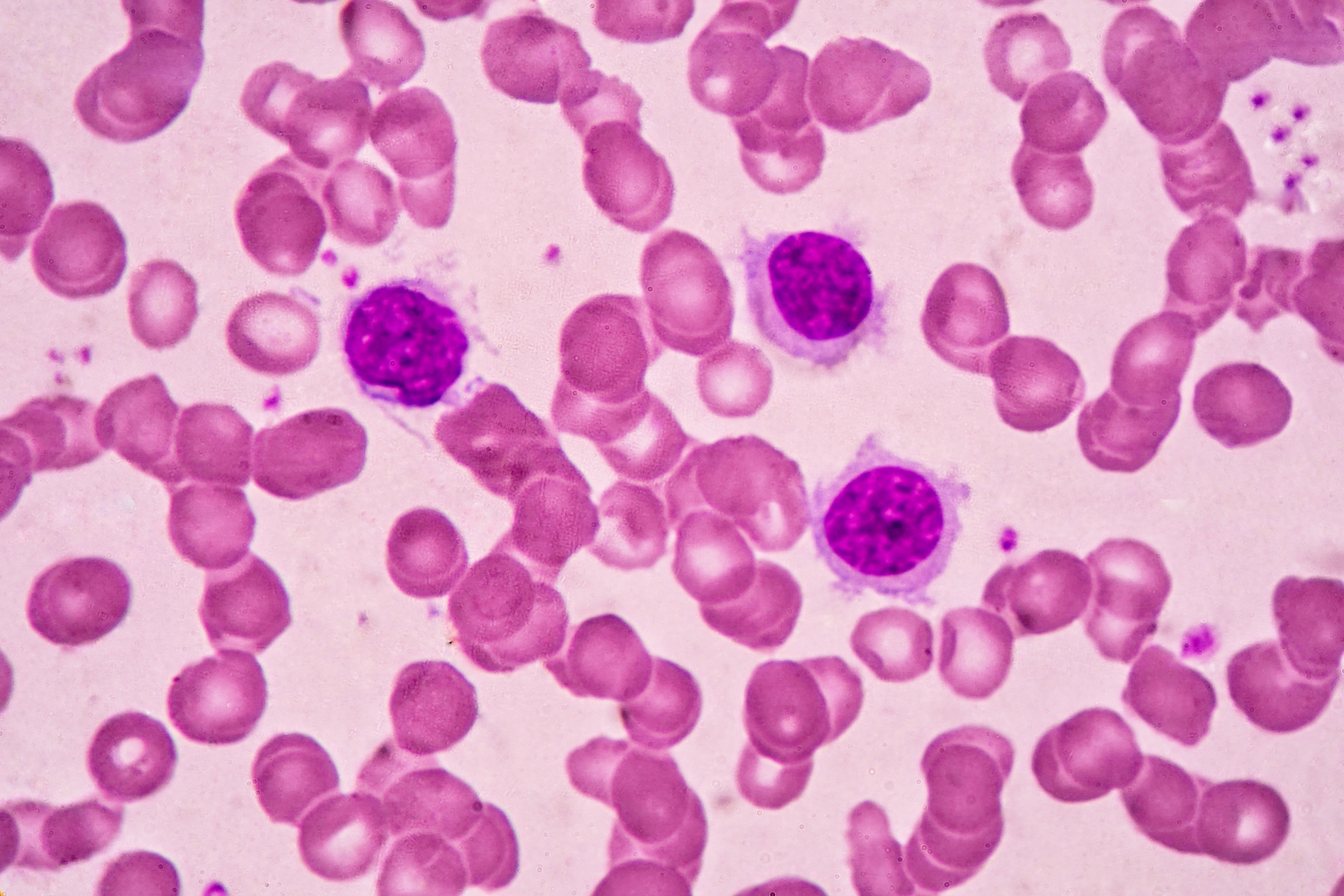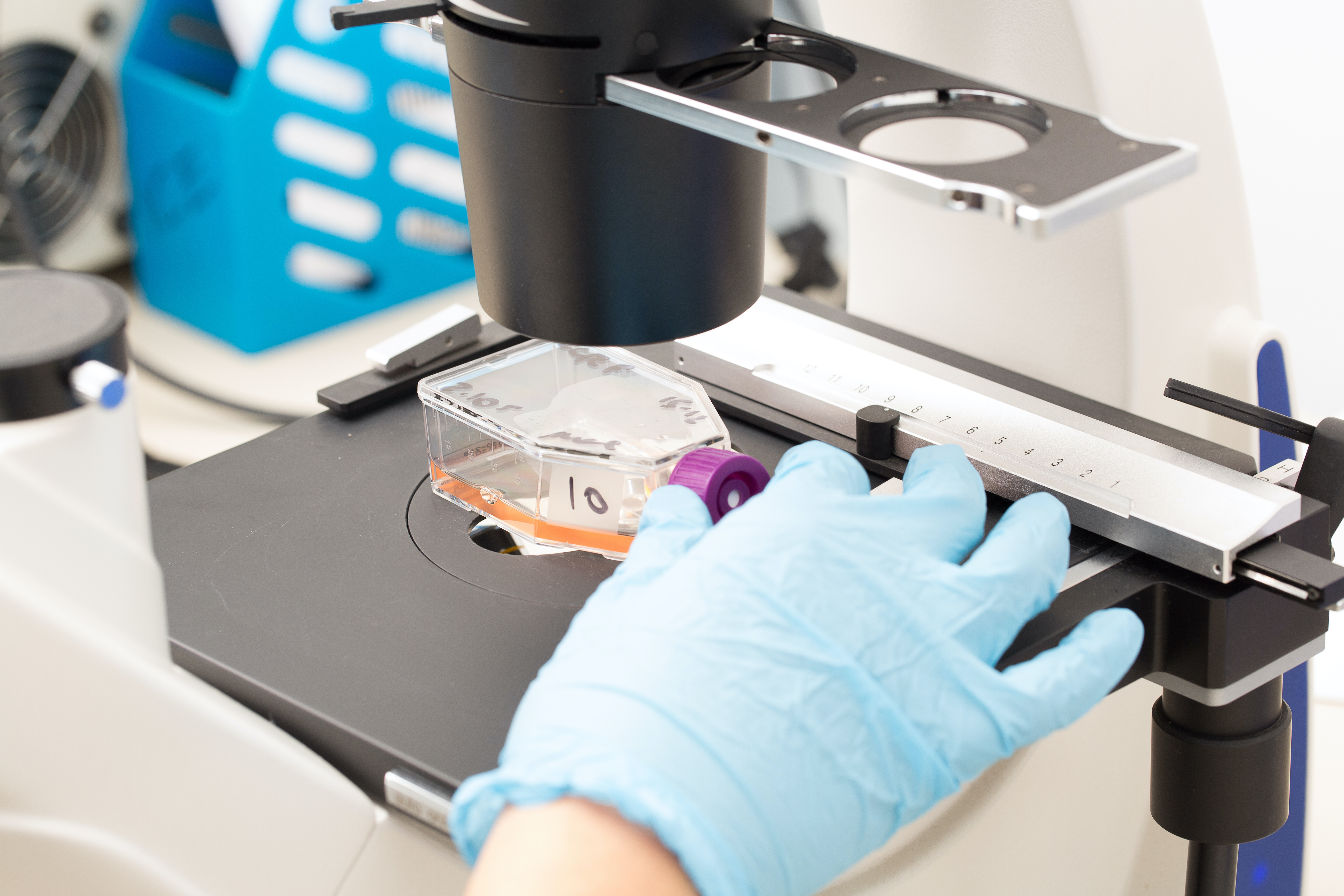Cancer is not one disease; it’s a hundred types of different diseases. However, all these diseases have two main characteristics. The first is that the cells lose control of their proliferation – they start to proliferate from one, to two, to thousands of cells, uncontrollably. The second is that these cells go beyond their usual boundary: they spread to different tissues and to different organs, and this is what we call metastasis. The cancer becomes metastatic cancer. These two characteristics are also the difference between a benign tumour, which is only when the cells proliferate, and a metastatic tumour, which is cancer. It’s important to bear that in mind because it’s always difficult to find a therapy for these hundreds of diseases.
Cancer cells and genetic alteration
Professor of Molecular Biology
- Cancer is not one disease: it’s a hundred types of different diseases. That’s why it’s difficult to find a cure.
- A normal cell becomes a cancer cell when there is a genetic alteration in the mechanism that enables cell proliferation, or in the mechanism that enables it to die.
- One of the main causes of cancer is pollution, but others include viral infections, genetic predisposition, smoking, UV light and certain chemicals.
Cancer is not one disease

Photo by Komsan Loonprom
Cell mutation
A normal cell becomes a cancer cell when there is a genetic alteration. The behaviour of the cell comes from the information in the nucleus: the chromosomes, the DNA. In a cancer cell, what we have is an alteration of the information of the cell’s “decisions”. When this alteration happens, it’s possible that the pathway that makes the cell proliferate becomes active without any signalling. There should be an external signal that orders the cell to start proliferating, but a cancer cell proliferates without this external signal.
A controlled cell death
Cancer cells also have inhibition of apoptosis. The definition of apoptosis is “the controlled death of the cell”. Cells have a mechanism that decides when they’ve lived long enough and it’s time for them to die. Cells also apoptose if they detect that something’s wrong with themselves. If the cell detects a big mutation, it increases a specific protein, named p53, which makes the cell disappear, because it knows that it can be dangerous.
This also happens, for example, when we go to the beach and spend a long time exposed to UV light. The cells in our epidermis exposed to UV light start to apoptose because they detect big changes in their DNA.
A genetic event

Photo by Medtech THAI STUDIO LAB 249
A normal cell becomes a cancer cell when there is a genetic alteration in the mechanism that enables cell proliferation, or in the mechanism of apoptosis. Proliferating and dying are opposite pathways, but both are activated in any type of tumour in our body. Cells proliferate because of the signalling from one cell to another. For example, if there is an injury in your epidermis, the cells of the epidermis have to proliferate to stop any bleeding. They respond to this external signalling. Cancer cells, however, start to proliferate without an external signal. They keep on proliferating, and end up becoming a tumour. This is why we say that cancer is always a genetic event.
Why the genetic alteration?
There are at least three events that can explain why cancer cells carry genetic alterations. One is the atmosphere, or external signals: smoking is dangerous, food that has been washed with chemicals can also be dangerous. Why can external signals – smoking, chemicals, UV light – turn a normal cell into a cancer cell? What we know is that they modify the DNA, the information that is inside the cells: the methionine, adenine and cytosine. So, when the cell divides, this information is no longer kept and is altered by the daughter cell. The daughter cell carries something that can be dangerous for the cell; and if this “something” is a protein or a gene that facilitates proliferation, it will become a tumour.
Causes of cancer
One of the main causes of cancer is pollution – chemicals – but there is another source that turns normal cells into tumour cells: viral infections like papillomavirus and hepatitis B or C. In those cases, the virus infects the cells by carrying proteins with this information. The cells that carry the virus alter the DNA, and this alteration can make the daughter cells become more proliferative and less sensitive to apoptosis, which inevitably leads to a tumour.
There could also be an inherited predisposition to cancer. We heard about Angelina Jolie, who had a mutation of a protein named BRCA that makes carriers of this mutation more sensitive to breast cancer.
The capacity to adapt

Photo by sruilk
The characteristics of cancer cells are not only to have more proliferation or have less apoptosis, but also to live in an environment that is not their own. Cancer cells therefore have the capacity to adapt their metabolism to an environment that is not their own. It’s also important to study the metabolism of cancer cells, which is different to that of normal cells.
Discover more about
the causes of cancer
Almacellas, E., Pelletier, J., Day, C., et al. (2020). Lysosomal degradation ensures accurate chromosomal segregation to prevent chromosomal instability. Autophagy. Epub ahead of print.
Almacellas, E., Pelletier, J., Manzano, A., et al. (2019). Phosphofructokinases Axis Controls Glucose-Dependent mTORC1 Activation Driven by E2F1. iScience, 20, 434–448. Epub.